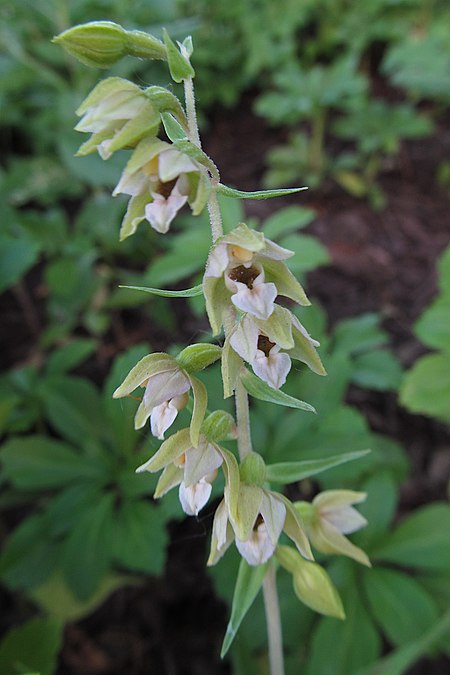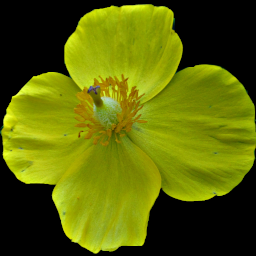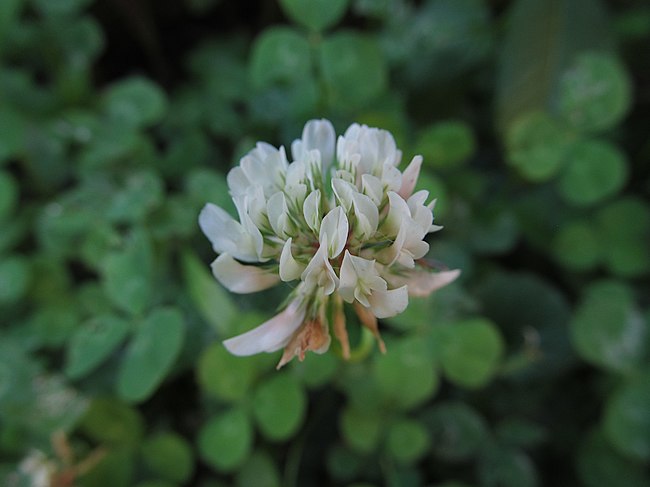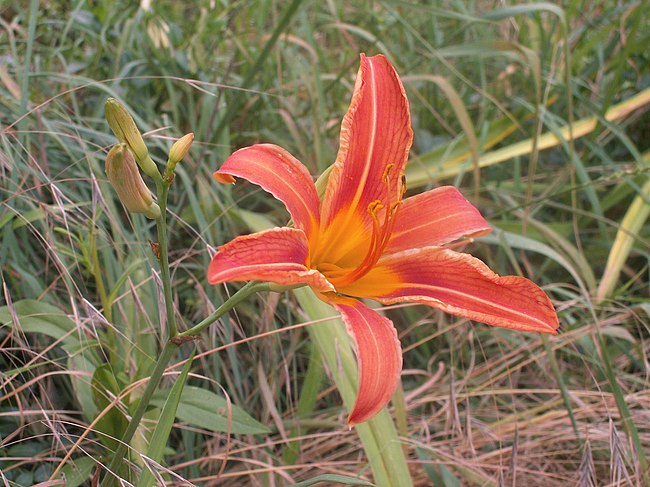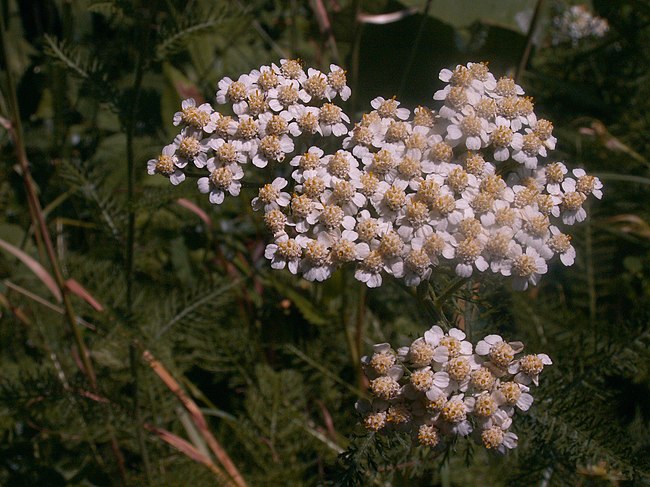
A spike of fascinating little orchid flowers, with broad pointed leaves alternate on the stem. The distinctive flowers have lips that look like little slippers filled with chocolate sauce. The color of the flowers is quite variable, according to botanical references; they may be yellowish, or green, or purple. Many variants were on display in this patch, which grew on a shady front bank in front of an apartment building in Shadyside. The species probably came from Europe, apparently as a medicinal herb, and by the middle 1800s had established itself on our continent.
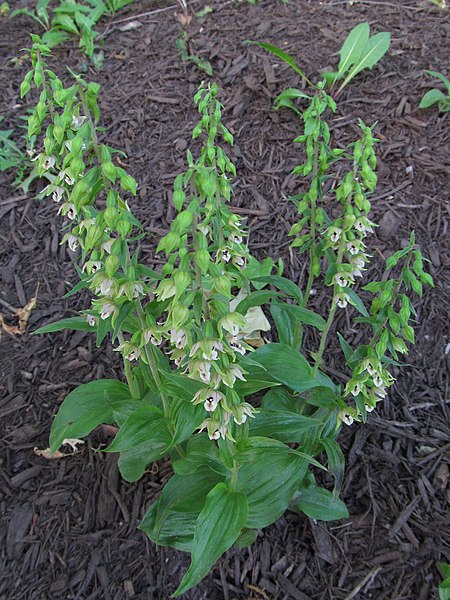
Gray calls the genus by an alternate name, Serapias:
SERÀPIAS L. Flowers in a loose or somewhat dense bracteose raceme. Sepals ovate-lanceolate, strongly keeled. Petals shorter, ovate, acute. Lip strongly saccate at base, the apical part broadly cordate, acute, with a raised scallus in the middle and two inconspicuous nipple-like protuberances on each side near the point of union with the sac. Column broad at the top, the basal part narrower; anther sessile, behind the broad truncate stigma on a slender-jointed base; pollen farinaceous, becoming attached to the gland capping the small rounded beak of the stigma. — Stem leafy. (Named for the Egyptian deity Serapis.) Epipactis of auth., not Boehm.
S. helleborine L. Plants 25-60 cm. high; leaves clasping the stem, conspicuously nerved, broadly ovate to lanceolate, acute; perianth about 8 mm. long, green suffused with madder-purple; lip similarly colored, but darker within, the apical portion as if jointed with the sac, bituberculate at base. (Epipactis helleborine Crantz; E. latifolia All.; E. viridiflora Reichenb.) — Rare and local, Que. and Ont. to Mass., N. T., and Pa. —Probably introduced from Europe in early times on account of supposed medicinal value. July-Aug. (Eu.)
